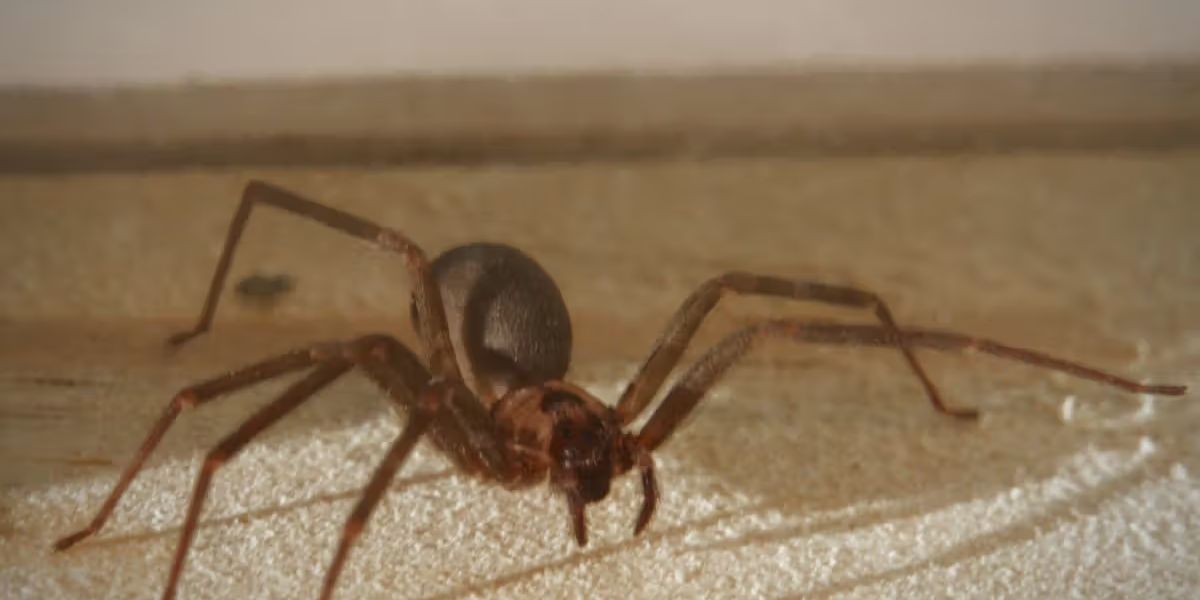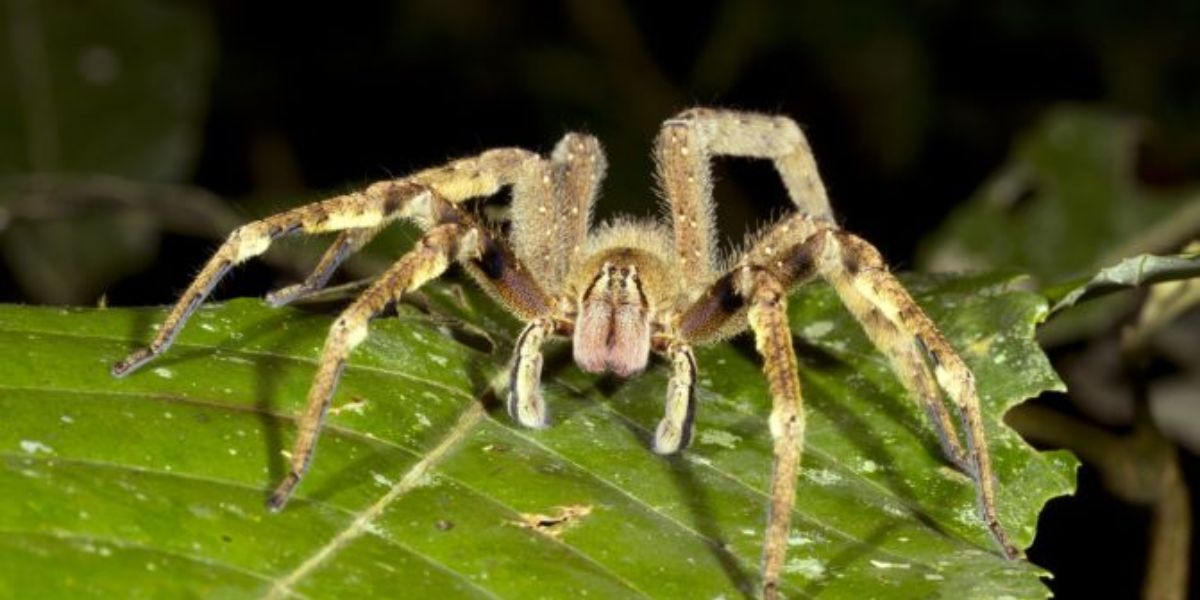California has a rich wildlife population, including several spider species that can represent a serious hazard due to their venomous bites. While most spiders benefit the ecology by decreasing bug populations, homeowners and tourists must be aware of those that pose a risk.
In this post, we will look at the five most poisonous spiders found in California, emphasizing their distinct characteristics, habitats, and the health hazards associated with their bite. Understanding these spiders is critical for safely exploring the state’s magnificent landscapes, whether you’re an enthusiastic hiker, a nature lover, or simply inquisitive about local animals.
Stay informed and learn how to coexist with these intriguing but sometimes dangerous species in the Golden State.
1. Western Black Widow
Western black widows are prevalent in California’s cities, suburbs, and countryside, especially in dry, protected areas like garages, sheds, and under garbage. These spiders create uneven webs around ground level in areas with little human disturbance. They can be identified by their shiny black bodies, spherical abdomens, and characteristic red hourglass markings on the underside of the females.
Western black widows are nocturnal creatures that feed on insects such as flies, beetles, and other small arthropods that become entangled in their web. They are normally non-aggressive and will flee if disturbed, however, females may bite if challenged while protecting their eggs.
The Western black widow’s venom contains latrotoxin, a neurotoxin that disrupts nerve transmission and causes intense muscle discomfort, cramping, and localized sweating. Bites can cause symptoms like nausea, vomiting, and increased blood pressure.
In severe situations, symptoms may progress to breathing difficulty or paralysis. If bitten, seek emergency medical assistance, especially for children, the elderly, or those with pre-existing problems. Applying ice to the bite area and elevating the injured leg might help relieve symptoms while waiting for medical attention.
2. Desert Recluse
The desert recluse lives in the arid climes of Southern California, preferring dry, undisturbed locations like woodpiles, rock crevices, and storage niches. Unlike other recluse species, it thrives outside, yet it may infiltrate dwellings for shelter.
Identifying a desert recluse can be difficult because of its simple brown look, but a distinguishing trait is the violin-shaped marking on its back. These spiders are shy, nocturnal predators who prey on small invertebrates like crickets, ants, and other arthropods. They are secretive by nature and will only bite when confronted.
The desert recluse’s venom is cytotoxic, which means it can kill tissues at the location of the bite. The bite may feel innocuous at first, but it can progress to a painful, necrotic lesion within a few hours. Symptoms may include redness, swelling, and the formation of an open ulcer, which can be accompanied by fever, chills, or nausea.
Severe cases can have systemic consequences, however, this is unusual. Cleaning the area, administering ice, and seeking medical attention for possible surgical intervention if tissue damage becomes severe are standard treatments.
3. Chilean Recluse
The Chilean recluse, originating from South America, has spread to sections of California, particularly densely populated places like Los Angeles. These spiders like dark, hidden areas such as attics, basements, and behind furniture, and they frequently live in human homes without being disturbed.
The Chilean recluse, like other recluse species, has a violin-shaped marking on its back but is significantly larger than the desert recluse. They graze mostly on minute insects and are nocturnal hunters, rarely encountering humans unless their environment is disturbed.

The Chilean recluse’s venom is noted for its potency, as it is both cytotoxic and hemolytic, capable of destroying red blood cells and tissue at the bite site. Bites can cause huge necrotic lesions and, in rare cases, systemic symptoms such as kidney failure, convulsions, or even death if not addressed.
Initial symptoms include pain, swelling, and redness surrounding the bite, followed by blistering and ulceration. Immediate medical attention is required, and treatment options include wound care, antibiotics, and, in extreme cases, surgery to remove necrotic tissue.
4. Brown Widow
The brown widow spider is common across California, particularly in metropolitan areas, where it can be found on the bottom of outdoor furniture, within garages, and under eaves. Unlike its cousin, the black widow, the brown widow is more noticeable during the day.
The brown widow can be identified by its lighter brown or tan body and orange or yellow hourglass patterns beneath its belly. Brown widow spiders construct uneven, sticky webs and feed largely on flies and mosquitoes. They are not aggressive, but they will bite if threatened, particularly when protecting their egg sacs.
The venom of the brown widow is less strong than that of the black widow, but it is nonetheless neurotoxic. A bite can cause localized discomfort, muscle stiffness, and cramping, which can linger for hours or even days. More acute symptoms, including as nausea, sweating, and raised blood pressure, can occur, but they are uncommon and less severe than in black widow envenomation.
While most bites do not necessitate medical attention, applying ice to the affected region and seeking medical guidance is recommended to alleviate pain and suffering. Severe instances may require antivenom or hospitalization.
5. Baja Recluse
The Baja recluse, a close relative of the desert recluse, inhabits southern California, particularly along the Mexican border. This species favors dry, undisturbed areas such as beneath rocks, inside woodpiles, and even within homes. The Baja recluse, like other recluse species, has a violin-shaped marking on its back, but its comparable size and coloration make it difficult to differentiate from other recluse spiders.
The Baja recluse’s venom is extremely cytotoxic, causing substantial tissue damage at the bite site. Symptoms include discomfort, swelling, and the growth of necrotic lesions that can take weeks to heal. Fever, muscle discomfort, and nausea are some of the possible systemic consequences.
Severe responses are uncommon but might include renal failure and subsequent infections. Immediate wound care and medical treatment are advised to avoid problems; in severe situations, surgery may be required to remove damaged tissue.

